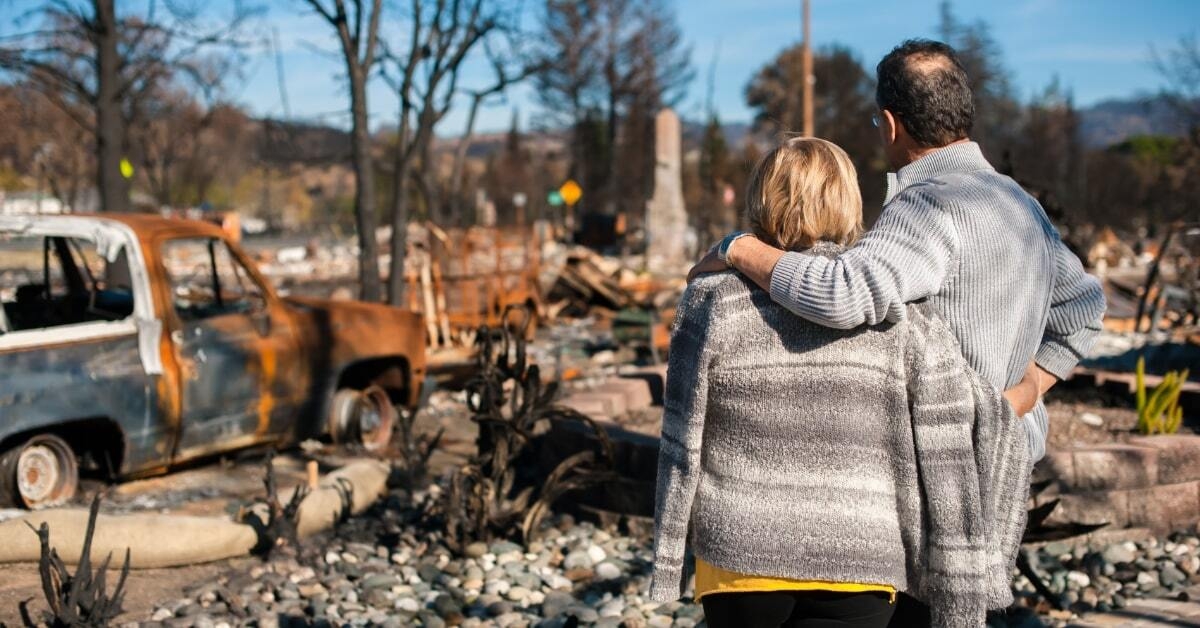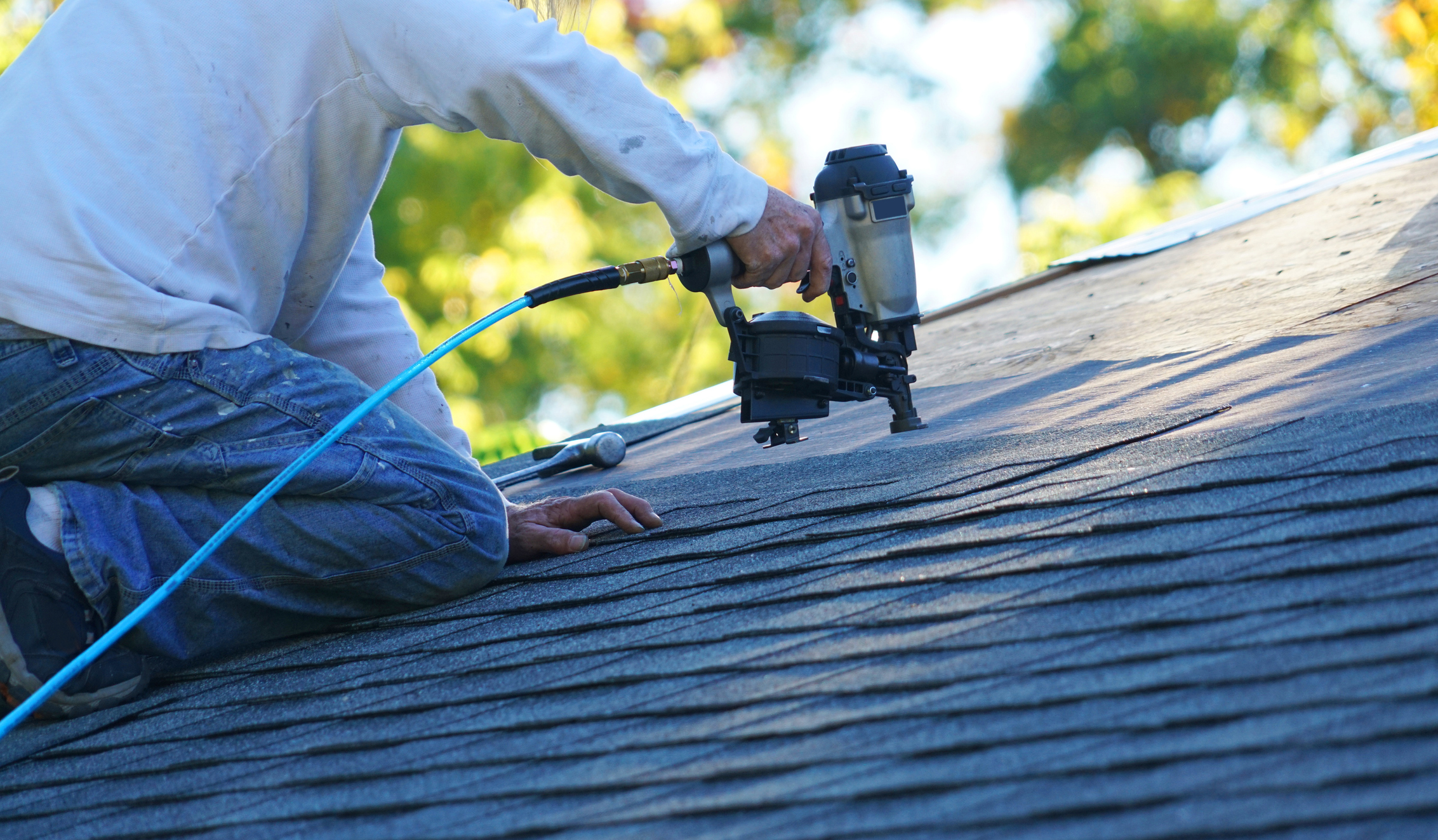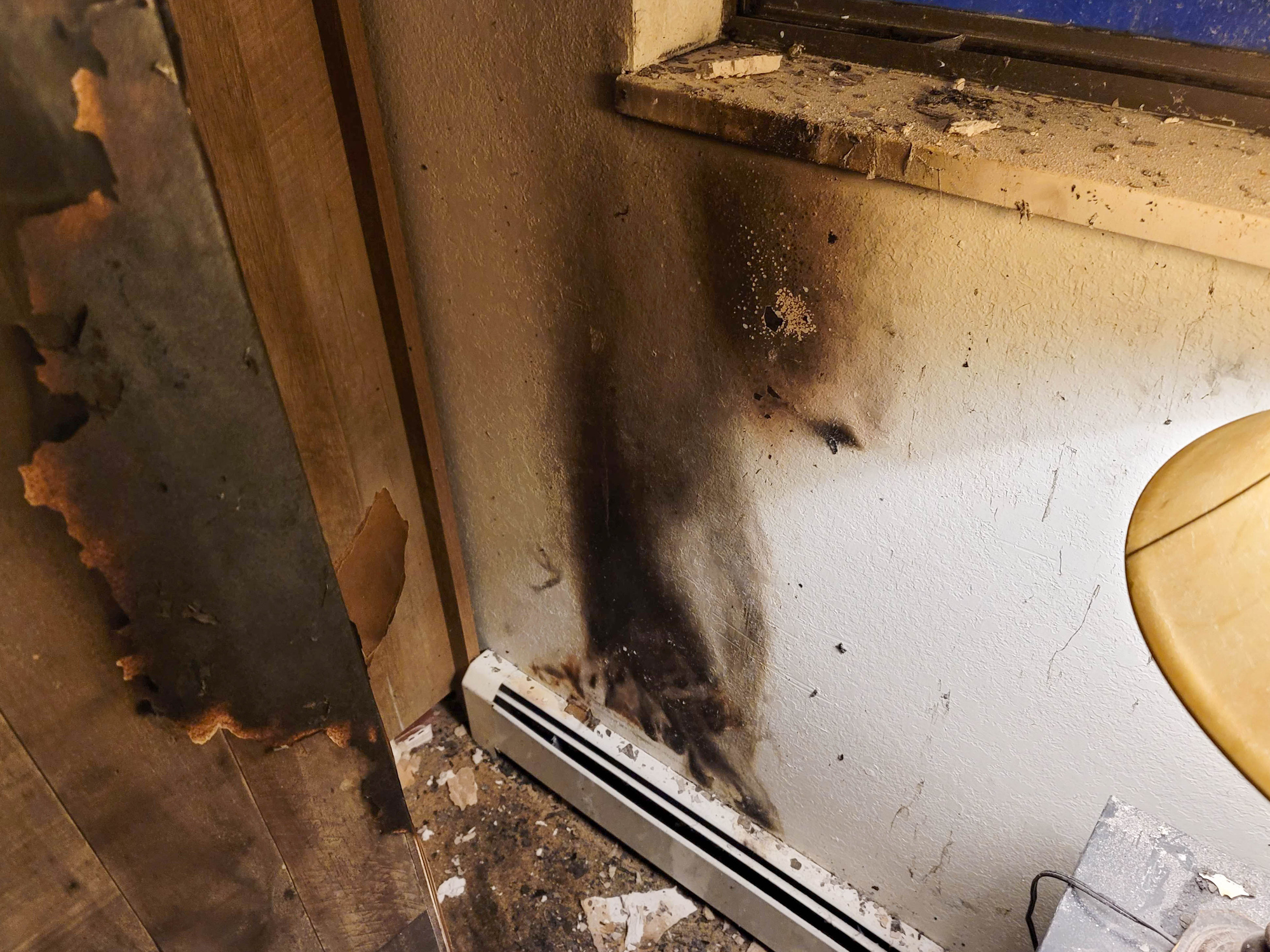Disasters can strike unexpectedly, leaving communities and individuals vulnerable and unprepared. However, by taking proactive steps and implementing an emergency preparedness plan, you can significantly reduce the impact of a disaster and protect yourself, your loved ones, and your property. In this blog post, we’ll discuss the essential elements of disaster emergency preparedness and guide you through the steps to create a comprehensive emergency plan.
Assessing Potential Risks
Before preparing for disasters, it’s important to assess the potential risks specific to your geographical location. Consider the following factors:
Natural Disasters: Determine which natural disasters are most likely to occur in your area, such as hurricanes, earthquakes, floods, or wildfires. Understand their characteristics, warning signs, and potential impacts.
Man-Made Disasters: Evaluate any man-made disasters that may pose a risk, such as chemical spills, industrial accidents, or transportation incidents. Research local emergency response plans and evacuation routes.
Creating an Emergency Kit
An emergency kit is a crucial component of disaster preparedness. Assemble a well-stocked kit that includes the following essentials:
Water and Non-Perishable Food: Store at least three days’ worth of water (one gallon per person per day) and non-perishable food items, such as canned goods, energy bars, and dried fruits.
Medications and First Aid Supplies: Pack a supply of necessary medications, a well-equipped first aid kit, and any specialized medical items for family members with specific needs.
Essential Documents: Keep copies of important documents, such as identification papers, insurance policies, medical records, and contact information for family members and emergency services, in a waterproof and portable container.
Emergency Tools and Supplies: Include a flashlight, batteries, a portable radio, a multi-purpose tool, a whistle, duct tape, plastic sheeting, and a manual can opener. Also, consider adding extra cash, a local map, and personal hygiene items.
Developing a Communication Plan
Establishing a reliable communication plan is vital for staying connected with family members and emergency services during a disaster. Follow these guidelines:
Designate an Out-of-Area Contact: Choose a trusted friend or family member who lives in a different area to serve as a central point of contact. Share this person’s contact information with all family members.
Establish Meeting Points: Identify safe meeting points both within your neighborhood and outside your immediate area. In case of evacuation, determine a prearranged location where everyone can reunite.
Utilize Emergency Notification Systems: Stay informed by signing up for local emergency alerts and notifications through community apps, social media, or text message services.
Teach Children and Family Members: Educate all family members, especially children, about the communication plan. Practice drills and make sure everyone knows how to use emergency communication devices.
Evacuation Planning
In some situations, evacuating your home may be necessary for your safety. Prepare for such circumstances by following these steps:
Know Evacuation Routes: Familiarize yourself with the designated evacuation routes in your area. Identify multiple routes and have them mapped out in case certain roads are impassable.
Create a “Go Bag”: Prepare a “go bag” with essential items such as clothes, blankets, personal hygiene products, a portable phone charger, important documents, medications, and snacks.
Plan for Pets: If you have pets, make arrangements for their evacuation as well. Research pet-friendly shelters or identify friends or family members who can accommodate them.
Keep Your Vehicle Prepared: Regularly maintain your vehicle to ensure it’s in good working condition. Keep the gas tank at least half full and store emergency supplies in the trunk.
Practice and Review
Regular practice and review are essential to ensure the effectiveness of your emergency preparedness plan:
Conduct Drills: Schedule practice drills at least twice a year to familiarize family members with evacuation procedures, communication methods, and the proper use of emergency supplies.
Update Your Plan: Regularly review and update your emergency plan based on any changes in family members, contact information, or local emergency protocols.
Disaster emergency preparedness is not a luxury but a necessity. By assessing potential risks, creating an emergency kit, establishing a communication plan, preparing for evacuation, and practicing your plan, you can be better equipped to navigate through challenging times. Remember, preparedness saves lives and minimizes damage. Take the necessary steps today to safeguard yourself, your loved ones, and your community.












